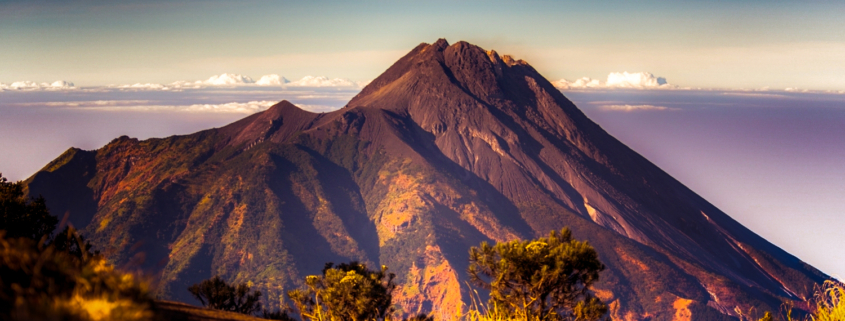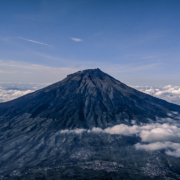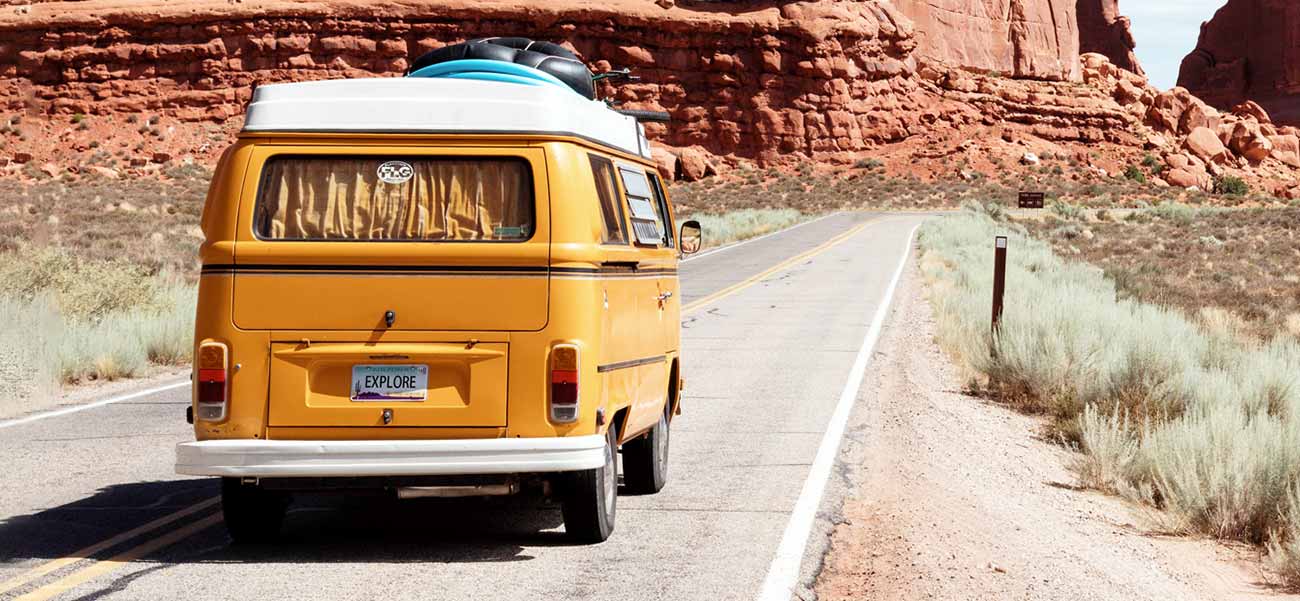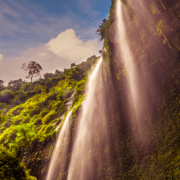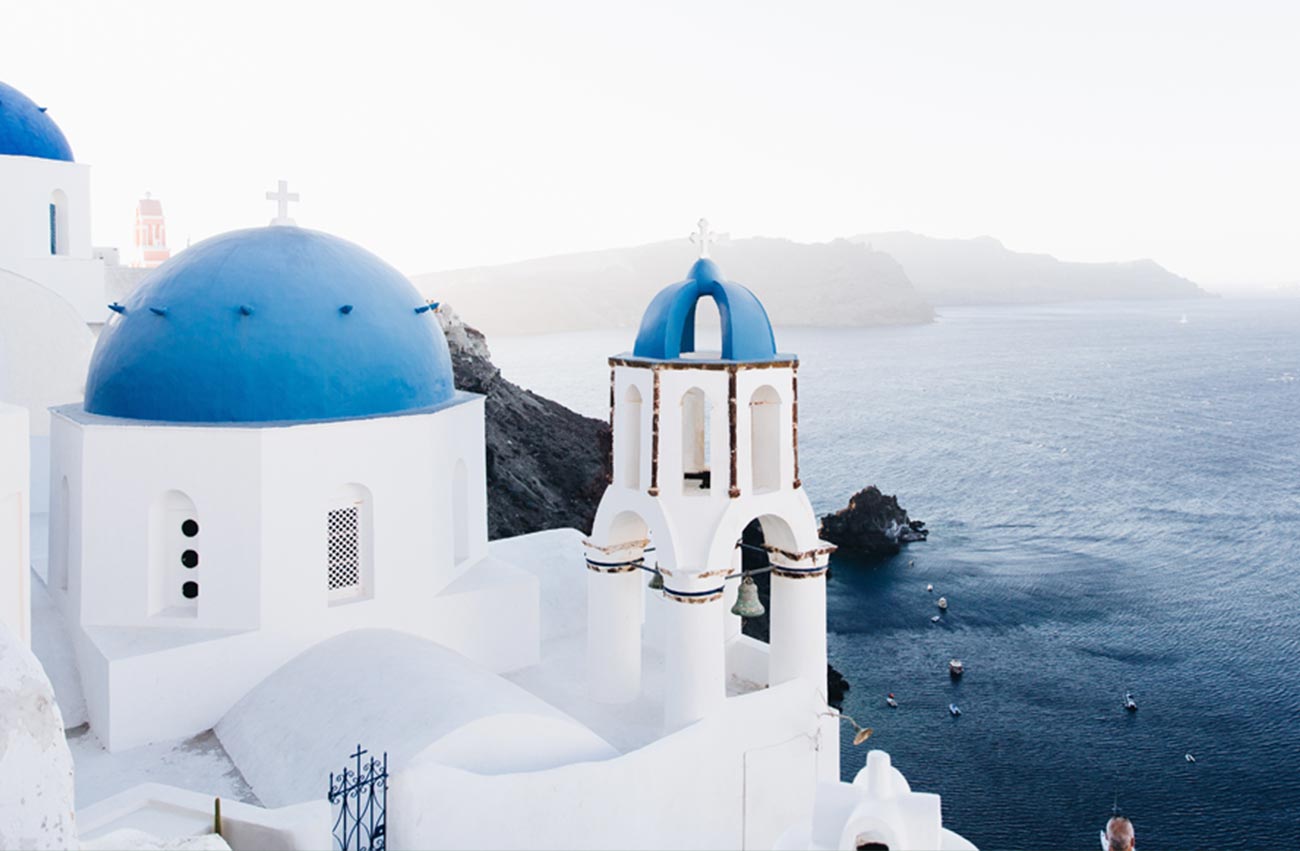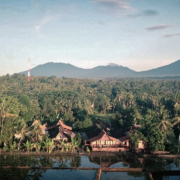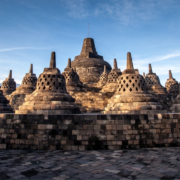Mount Merbabu: The Serene Volcano of the Clouds
Rising gracefully to 3,145 meters above sea level, Mount Merbabu—whose name means “Mountain of Ash”—is one of Central Java’s most beloved volcanoes, not for fiery eruptions, but for its spiritual stillness, emerald slopes, and panoramic views of Java’s volcanic spine. Located between Magelang and Boyolali, Merbabu is a dormant stratovolcano that offers one of the most scenic and spiritually soothing hiking experiences in Indonesia.
A Dormant Giant with Living Beauty
Unlike its more active neighbor, Mount Merapi, Merbabu is considered dormant, having last erupted in 1797. Yet its volcanic legacy continues in the fertility of its grasslands, the ethereal sea of clouds that drape its trails, and the incredible visibility from its summit, where climbers often witness Mount Merapi, Mount Sumbing, Sindoro, Lawu, and even Mount Slamet rising in every direction.
Trekking Experience
Mount Merbabu is a favorite among trekkers for its gentle gradient and dramatic landscapes. Several popular routes include:
- Selo Route (Boyolali) – The most popular trail, offering scenic ridgelines and sunrise views of Merapi.
- Wekas Route (Magelang) – A less crowded path passing through pine forests and farmlands.
- Cuntel & Thekelan Routes (Salatiga area) – Ideal for those seeking variation and botanical diversity.
What makes Merbabu unique is its vast alpine meadows (sabana)—wide, open spaces carpeted with wild grasses and edelweiss-like flowers, often wrapped in mist, creating an otherworldly, dreamlike experience.
Summit & Spiritual Silence
At the summit of Merbabu, climbers are greeted by a jagged, open ridge and a commanding 360° view across Central Java. The summit area is often described as a place of energetic balance—not dramatic like fire-breathing peaks, but still and spacious, inviting reflection and reverence.
Local hikers speak of Merbabu’s feminine, nurturing energy, in contrast to Merapi’s masculine fire. The Javanese often see the mountain as a guardian spirit, and some believe it to be a sacred place where ancient ascetics meditated in silence.
Ecological & Cultural Significance
Merbabu is part of the Mount Merbabu National Park, home to endangered species such as the Javan leopard, langurs, and a variety of endemic birds and orchids. The trail systems also pass through Javanese villages where local life blends with myth, farming, and ritual.
During festival times or sacred months, some pilgrims perform mountain prayers, offering flowers or incense to honor the spirits of the land.
Best Time to Visit
- Dry Season (May–October) is best for climbing, with clear skies and less slippery trails.
- Sunrise hikes are especially rewarding, though overnight camping is recommended for full immersion.
- Weekdays are quieter; weekends can be busy with local hikers.
Tips for Visitors
- Bring warm clothing: temperatures near the summit can drop significantly, especially at dawn.
- Respect the silence and natural beauty—avoid loud music or littering.
- Guides and porters are available in Selo village; local warungs (food stalls) offer meals before/after the hike.
- For spiritual travelers: try meditating at the Sabana II clearing under the starlit sky—it’s a known energy point.
Mount Merbabu is more than a trek—it is a journey through mist, meadow, and memory. Whether you are a seasoned climber, a nature lover, or a spiritual seeker, Merbabu offers an experience that is as humbling as it is healing. In its silence lies power, and in its slopes, the whispered poetry of Java’s sacred land.
To climb Merbabu is to walk through the sky’s garden—a temple of wind, cloud, and timeless stillness.

